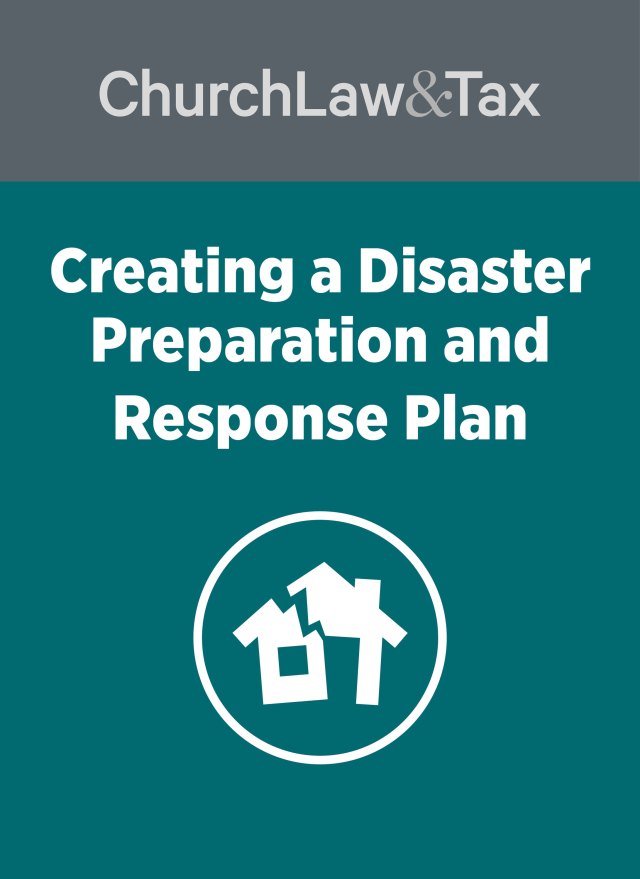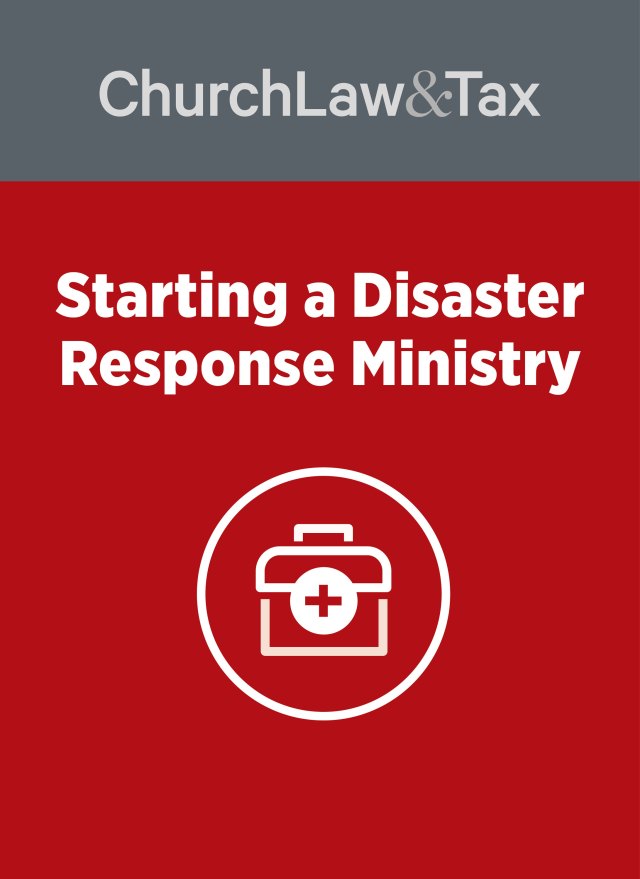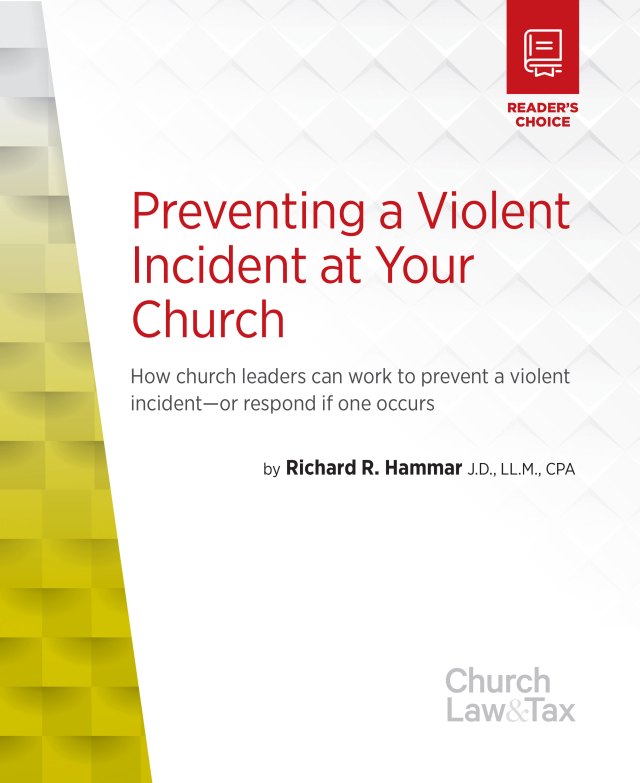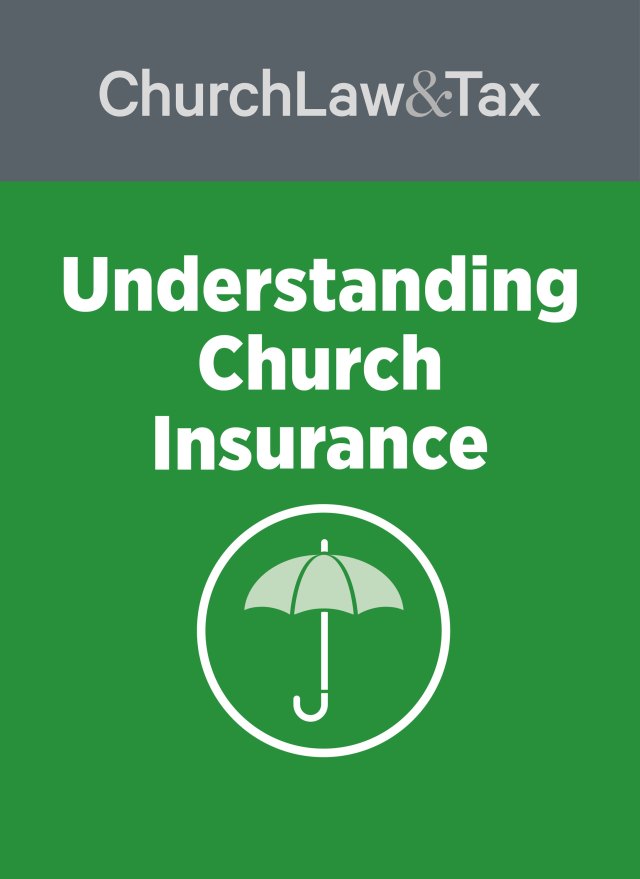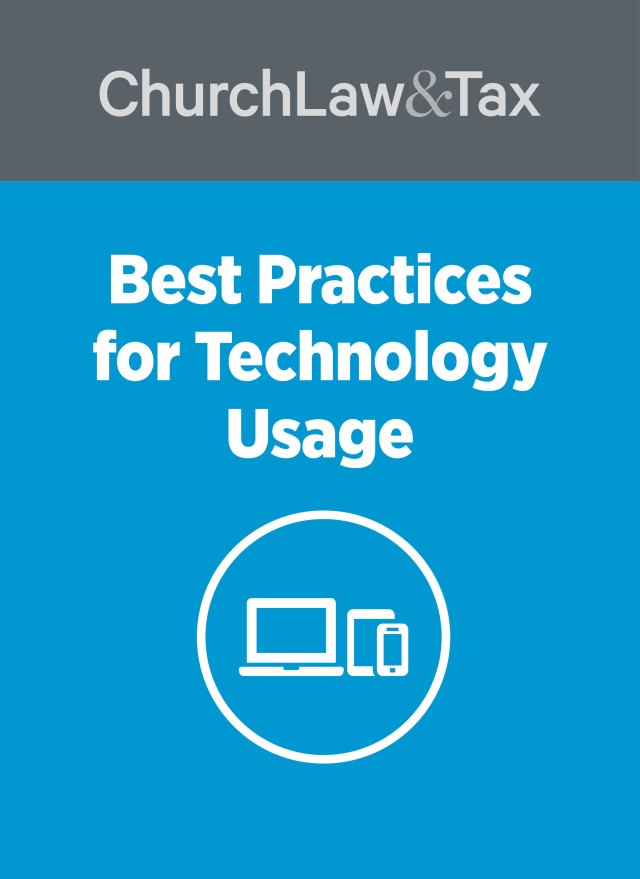When people think of disasters like hurricanes, they often recount the physical damages caused.
However, disasters also cause significant spiritual, psychological, and emotional distress.
If you are a church leader from an affected community, you will likely be called upon to help respond to the needs left behind by a storm.
Walking alongside those who are suffering is part and parcel of every church leader’s calling. But when major disasters strike, even some of the most seasoned church leaders aren’t sure how to provide effective spiritual and emotional care.
Here are some tried-and-true ways to help survivors.
What Not to Say
Disasters can shake our most sacred beliefs and lead to questions such as, “Where was God in all of this?”
It’s difficult to find the “right” words when reaching out and caring for others around you.
Too often, Christians offer “bumper sticker theology”—short phrases that sound good but lack depth, like “God only tests the strong.”
As a result, we often fall into the trap of relying on platitudes that aren’t helpful and can even be harmful for someone going through a trauma.
If you really want to help, avoid words that might make wounds deeper. Instead, offer to journey with those seeking answers.
Respond to Basic Needs
One of the most effective acts involves helping survivors attend to their pressing basic needs.
By caring for their practical needs, you are caring for psychological and spiritual needs, too.
Throughout the Scriptures, we see numerous examples of times when Christ and his disciples attended to both spiritual and practical needs, such as offering hope and food in tandem—remember the miracle of the loaves and fishes in Matthew 14?
Basic needs include safety, comfort, and belonging. This may mean helping someone find a place to stay where they feel safe or getting someone something to eat when they’re hungry.
It may not feel as though you are doing much, but you are helping more than you realize. Focus on the tangible and immediate to get through the crisis.
Use Prayer
As people of faith, we are called to pray for others, especially for those in need.
In disasters, we shouldn’t see prayer as an afterthought, but rather as one of the most powerful things we can do to help.
Prayer can be a strong source of aid.
There is example after example throughout the Scriptures of the power of prayer, and we know we should pray with the confidence that our prayers will be heard. You might ask God for help and healing on behalf of those you are helping. If you aren’t sure how to pray, you might try something like the Serenity Prayer.
Know that it’s also okay to pray silently to God or to pray with the person you are helping. This, too, can be a powerful way to connect. Just remember to not force prayer onto others.
Practice the Ministry of Presence
Another powerful way you can help after a disaster is to embody the ministry of presence. Practicing the ministry of presence means being available to those who are hurting and suffering. It means being there for others physically, emotionally, and spiritually.
Simply put, it means being there for others when they need you most: “Therefore encourage one another and build each other up, just as in fact you are doing” (1 Thess. 5:11).
Listen with acceptance and empathy. To truly empathize, we must help from a place of humility and try to meet people where they are, in their current condition and place in life.
Picking up the pieces of one’s life after a disaster can feel lonely; disaster survivors often feel unsafe and forgotten. Don’t just try to express connection through your words. Instead, foster connection through your actions.
Foster Fortitude
Recovering from a disaster takes time, and the people you are helping are going to need fortitude.
The church has long taught fortitude as the virtue of adversity and as a fruit of the Spirit (Gal. 5:22) marked by endurance and enterprise.
Fortitude helps us persevere in times of overwhelming challenges, as captured in 2 Timothy 4:7: “I have fought the good fight, I have finished the race, I have kept the faith.”
At the core of fortitude is the ability to cope with long-suffering.
Some ways to cultivate fortitude include helping others find purpose in their suffering, encouraging them to keep going, and seeking to help them find refuge in their faith.
Don’t Force Survivors to Tell Their Story
Telling one’s disaster story can help survivors gain mastery over their crisis experience. However, we need to be careful not to force survivors to tell their stories if they aren’t ready.
Historically, mental health professionals used an intervention called “critical incident stress debriefing” right after disasters.
The idea was that if people could get together to tell their stories right after a major tragedy, trauma could be prevented. We now know that, at best, this approach is not helpful; at worst, it’s downright harmful.
Sometimes people need to hold onto their stories for a period so they can keep their coping intact.
Know that healing and recovery take time. Give survivors the space and time they need so they feel in control of telling their story.
Gather in Community
Expressions of public faith can be powerful and healing sources of memorial and remembrance. For some, this may mean gathering as a church body for fellowship and to worship.
Broader faith-led community gatherings can also be helpful, such as engagement in prayer vigils to show support to those affected.
After 9/11, psychology professor Daniel N. McIntosh and colleagues looked at a national sample of nearly 900 participants from across the US. They found that participation in religious social structures helped to buffer against physical and mental health problems. Coming together shows survivors they are not alone and they are not forgotten.
Your presence, even if you observe in silence, can speak volumes.
Know When to Refer
It is important that you recognize when a disaster survivor may need additional follow-up services from a licensed mental health professional.
Pay attention to common stress reactions.
The list of possible symptoms is long and includes changes in emotional, cognitive, behavioral, physical, and spiritual domains.
Also, pay attention to stress symptoms that seem really intense, don’t seem to go away with time, start to interfere with everyday life, or appear much later (further removed from the event) than you expect. If any of those occur, you should start to be concerned.
Look for signs of serious symptoms like extreme emotional reactions, impulsive or risky behaviors, and self-medication with drugs or alcohol. These sorts of behaviors are all red flags indicating professional support may be needed.
Moreover, listen for signals that your loved one might be thinking about or contemplating harm to self or others, or even ending their own life. Make sure you are not ignoring a potential cry for help.
Referring a loved one who may be considering harm to self or others to a mental health professional can save a life.
Practice Self-Care
When we help others affected by disasters, we sometimes forget to consider our own needs. This can put us at risk for “compassion fatigue” and burnout.
The people you are helping need you now—but they are also going to need you over the long haul. You will be a more effective helper if you remember to help yourself, too.
Listen to your body and pay attention to what your thoughts, feelings, and physical sensations are trying to tell you.
Be mindful that helping others affected by disasters can sometimes unearth your own previous hurts and struggles.
Be sure to find time to recharge among the chaos. As best as you can, look for ways to bring some normalcy to your daily routine in the wake of disaster.
Yes, you are doing God’s work as you care for others. But keep in mind that even Christ sought out moments and times of solitude, fellowship, and renewal during his ministry on Earth.
You would be wise to do the same.
In Depth:
The following are further resources provided by Church Law & Tax, for churches and church leaders seeking guidance on disaster ministry:

